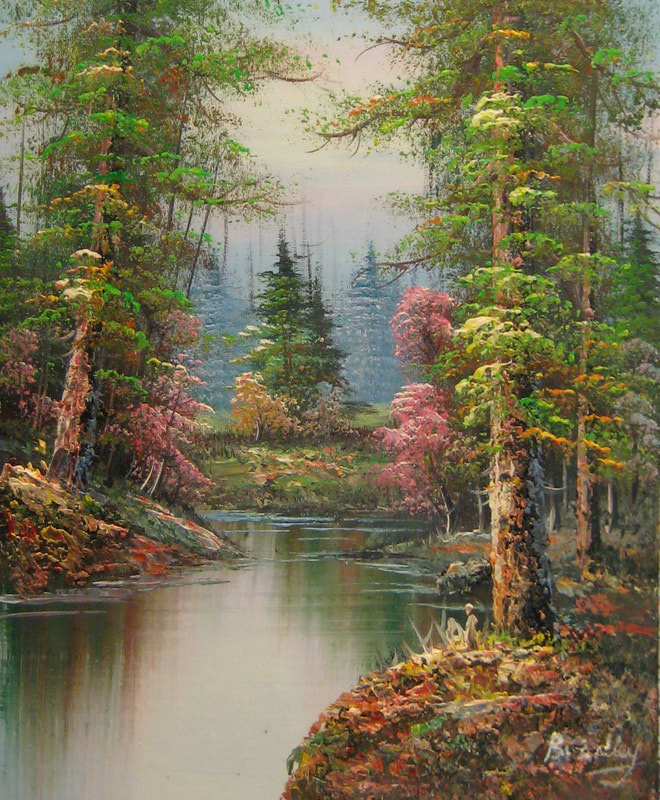
However, Ruisdael heavily manipulated its appearance to create a more impactful image. The painting depicts the Beth Haim cemetery, which still exists today, near Amsterdam.

LANDSCAPE ART FULL
Jewish Cemetery, one of Ruisdael’s most famous paintings, is full of drama and symbolism. Jewish Cemetery Jewish Cemetery by Jacob Isaaksz van Ruisdael, 1654 or 1655, via Detroit Institute of Arts He made snowy winter scenes, populated city scenes, paintings of wheat fields, rustic cabins in the forest, ships on the water, old castles, and more. He employed all different settings, moods, seasons, and more. However, Ruisdael painted all sorts of different landscape paintings, not just calm scenes of Dutch cities and countryside. While these features don’t have symbolism per se, we should read them as manifestations of Dutch nationalism.

Common motifs in Dutch Golden Age landscape painting include the Netherlands’ flat topography, windmills, bleaching fields (fields where the dampened cloth was laid out in the sun), and iconic Dutch city landmarks like the church of St. In fact, this connection between nationalism and landscape painting would reoccur throughout art history. They particularly flourished when portraying scenes of the native Dutch landscape, playing into their nation’s pride in its recent prosperity and independence. By contrast, Ruisdael and fellow Dutch landscape painters, including his uncle Salomon Ruysdael, allowed the natural world to take undisputed center stage. Ruisdael’s French counterparts Nicolas Poussin (1594-1665) and Claude Lorrain (1600-1682) infused their landscape paintings with elements of Biblical stories, classical history, and myth, in order to make them desirable to learned audiences. It’s no coincidence that all these genres flourished during the Dutch Golden Age.Ĭoast View with the Abduction of Europa by Claude Lorrain (Claude Gellée), 1645, via J. Instead, they were more likely to purchase landscape painting, still life, and genre scenes. Their mainly middle-class buyers did not share other Europeans’ interest in highbrow history paintings. Instead, they painted for an early version of the art market. Because their country was a Protestant republic, without extravagantly-decorated churches or a noble ruling class, Dutch artists did not rely on elite religious or secular patronage like their colleagues in France or Italy. ( Rembrandt van Rijn, Johannes Vermeer, and Frans Hals were three others.) This was the period in which the Netherlands won independence from Spain and flourished as a prosperous mercantile nation. Ruisdael was one of many now-famous artists who worked during the so-called Dutch Golden Age. 1670, via Metropolitan Museum of Art, New York Landscape Painting in the Dutch Golden Age Wheat Fields by Jacob van Ruisdael, c.


 0 kommentar(er)
0 kommentar(er)
